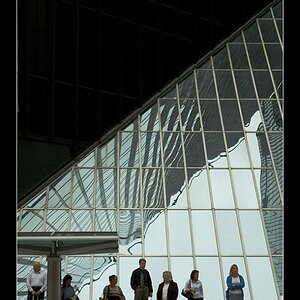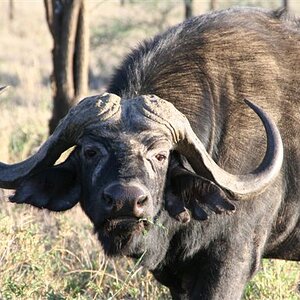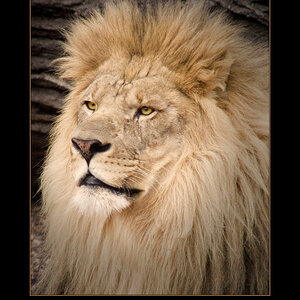Xmetal
No longer a newbie, moving up!
- Joined
- Nov 22, 2004
- Messages
- 2,351
- Reaction score
- 29
- Location
- Newcastle, Australia
- Website
- photobucket.com
- Can others edit my Photos
- Photos OK to edit
Lens Speed - What is it? All I know is that the faster the lens the more expensive it is and i'd like to know why. Is it because of different optics in the lenses themselves? are Prime lenses faster than Zoom lenses?
Are there any scales or diagrams i can see that would give me a better idea?
*Confused*
Are there any scales or diagrams i can see that would give me a better idea?
*Confused*



![[No title]](/data/xfmg/thumbnail/30/30889-6a35eb14fac2d7d837d49a6a1757d874.jpg?1619734500)






![[No title]](/data/xfmg/thumbnail/42/42034-6262420ff3ea238f05395bbcc7ae1f28.jpg?1619739985)



